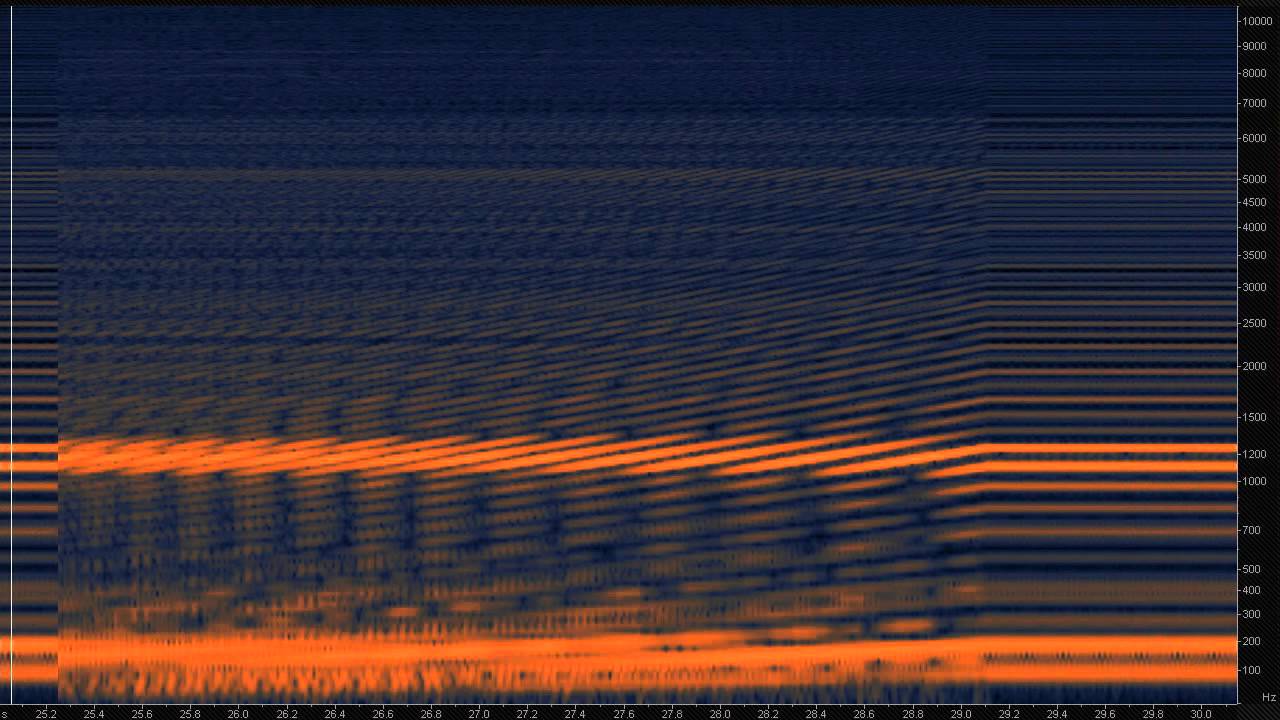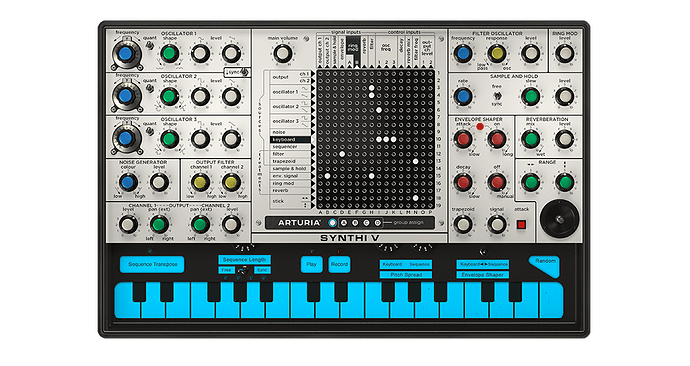Funny, I was thinking Harmor would be a good way to try. I forget that Sytrus has powerful oscillator shaping tools too. Sounds worth a look on both (though I think Sytrus is going to be easier to automate).
Woulg (studio ann marie) and seamlessr have some tutorials where they user harmor and automate harmors parameters I think they used fls formula controller through
As someone who works almost entirely in drone, concrete, found sound and ambient, I probably have a different view of repetition than people making more traditional music.
It’s fascinating to me that humans often subconsciously filter out repetition in their environment because we’re surround constantly by it - the ding of pipes, the hum of a fan or air conditioner, road noise as you drive, the clack of the subway, construction outside the window, and on and on. Taking that endless cycle of sound and pushing it to the forefront makes people see it differently. It might not be considered music per se, but it can be fairly captivating, and can serve as a nice basis for other things.
Also interesting - when does something become easily recognized as repetitive? The same 4 bar beat for 3 minutes? Sure. How about 64 bars repeating? Or something that repeats once a minute? Or a 4 bar beat played at 10 bpm for a couple minutes? It’s easy to take a ‘standard’ line and run it into the ground. It’s considerably more daring to play around with our notions of repetitiveness.
There’s also the obvious play, in which you create tedious repetition until it fades into the background, which further accentuates the change when it comes.
Again, none of this probably has much bearing on popular Western music, but it’s stuff I spend too much time poking at.
With complex wave-forms, using a modulated filter, like a flanger-, or a phaser-effect, will often be enough to achieve this, - as long as the modulation tempo isn’t closely related (synchronized) to the wave-form frequency.
Analogue effects are perfect for this, since their inherent “lack of precision” tends to create infinite variation.
In practice, however, the human brain will often compensate for minuscule changes, making it seem like we’re still hearing the same thing, - even when we’re not.
This creates a number of problems.
A main problem, in my own experience, is that it’s easy for me to misjudge the amount of variation heard by the casual listener. I know that things are actually changing (on a practical/scientific level), and I’ ll therefore often tend to hear those changes clearly (or believe I hear them), - while, for others, they might be hard or almost impossible to hear.
This is, perhaps, especially a problem for people working alone, like many of us here do. Comparing your own perception of your music with the perception of others (as here in the "listening booth" for example), can therefore often be surprisingly helpful!
The tricky part is of course remembering to ask the “right questions”. If a modulation/variation is obvious to me, after I’ve just spent an entire evening working just on that one sound, then it might not even occur to me, that other people might not be able to hear it at all.
I use repetition to complement something that has changes it usually helps define the rhythmic feel
Difficult to gauge when it’s too much, one of my favourite songs, Filthpig by Ministry has the same bass guitar riff for the whole song, which contributes to the overall heavyness of the song.
Repetition can be a nice technique, adds familiarity, a sense of place.
It is a trite Internet answer, but if your ears and heart tell you your track or part of it is repetitive, it probably is.
For a lot of house and techno related subgenres I think it’s a lot about striking a balance between having elements that are repetitive (i.e. percussive or rhythmic patterns) while still maintaining something that is evolving (either subtle or noticeable). Automating parameters like filter cutoff or introducing subtle changes in percussion patterns can be effective for maintaining that interest.
Speaking as someone who’s made drone music…its all about whether you can focus attention on the richness of a sound. Use archetypal, primal progressions of notes and chords. Avoid flourishes that distract from the primary entrancing element. Make the harmonics play with each other in interesting ways by trying distortion, chorus, and other effects. There should only be One part that holds interest Emanating a primal unity from the song.
Squarepusher seems to love doing this. It’s definitely an interesting way to generate new waveforms for resampling!
+1 fam
House, Techno and other dance genres are defo about timbre/textural changes over melodic/harmonic or even percussive ones. Its very much about how do you make a set of loops sound good. Additionally, when making a dance track I have no expectation that the whole track will get played. I just try to make something that vaguely makes sense beginning to end, but has a lot of…play spaces?..for a DJ. With modern CDJs et al and looping you can easily do all kinds of cool shit with tracks that have cool moments in them. Frankly, the whole track need not be overly developed. Just give me lots of parts to play with.
Ummmmm… when he’s had enough?
Or… after the orgasm ![]() I got your point.
I got your point.
From my own experience with Sytrus, I’ve deducted that it is essentially this…
I feel that my best works in FL Studio were a combination between Sytrus, DX-10, and the native Wasp1 VST. (The latter teaching me the foundations of synthesis using envelopes, filters, and distortion.
How the fuck do you sleep at night? ![]()
Music industry has a 8bar rule. I’m ok with this, it works well : 16 bars of the same pattern with absolutely no change is very long.
But you know, there’s Wall Noise, there’s Drone and all that, music industry has its limits (as well as underground music has its own)

